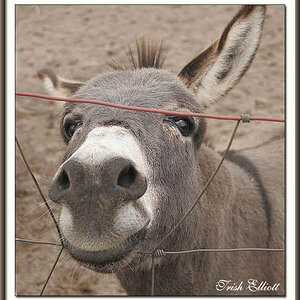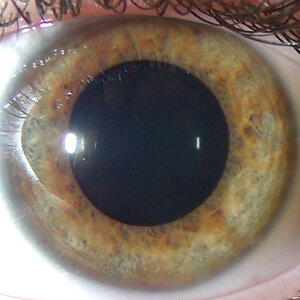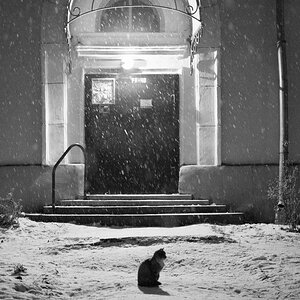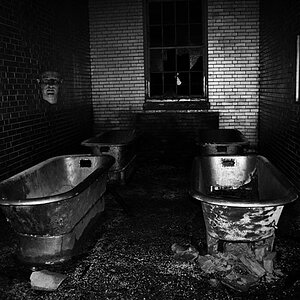kitkatdubs
TPF Noob!
- Joined
- Oct 5, 2015
- Messages
- 152
- Reaction score
- 2
- Can others edit my Photos
- Photos OK to edit
so i am trying to understand where i went wrong. i took some photos of a friend for practice and A LOT of them came out blurry. i can't figure out why all my photos are blurry when i use my 50mm lens. however, it seems when i use my 24mm, my photos turn out much better. HELP!? here is a photo i took with my 50D 50mm lens: ISO 500, f/6.3, 1/125 i feel like i was maybe 10 feet from the subjects....



![[No title]](/data/xfmg/thumbnail/39/39447-6e7679723d775935851f055bae9712ba.jpg?1619739036)
![[No title]](/data/xfmg/thumbnail/37/37092-c446ffb89610a57384a51ac5254beffd.jpg?1619737881)
![[No title]](/data/xfmg/thumbnail/42/42230-fa8ace50a80342c7d91db1431f911bab.jpg?1619740048)






![[No title]](/data/xfmg/thumbnail/36/36303-10b1a386a9a00cf90fb7605d2d2c48c1.jpg?1619737497)
